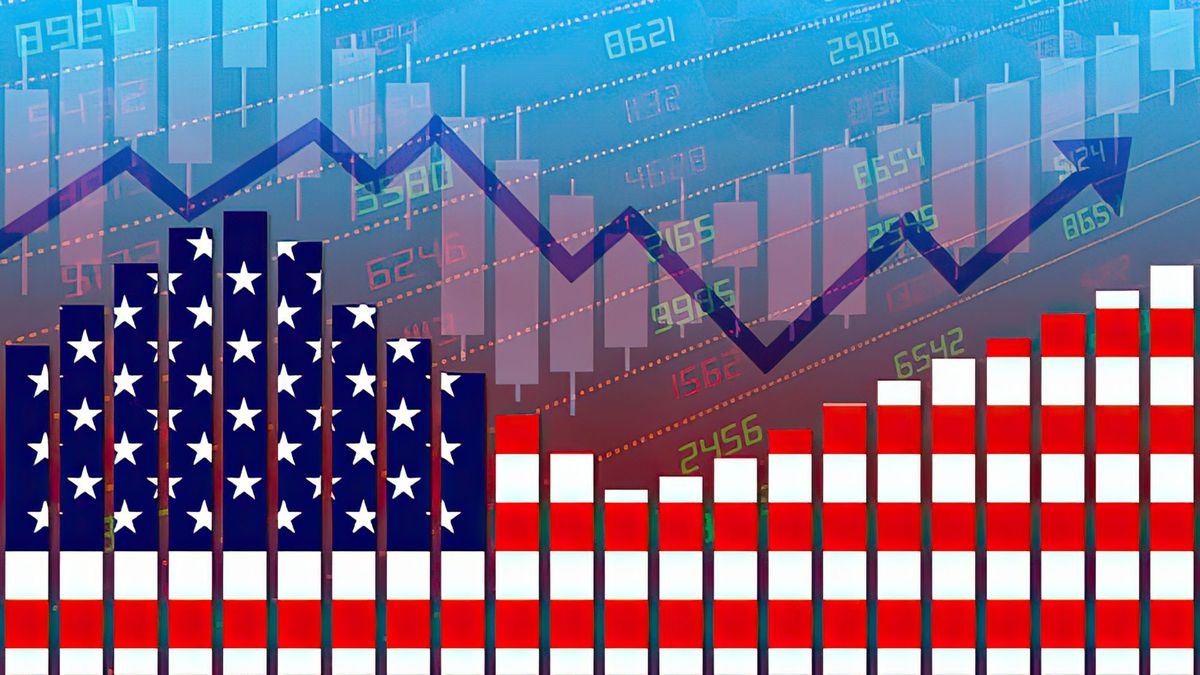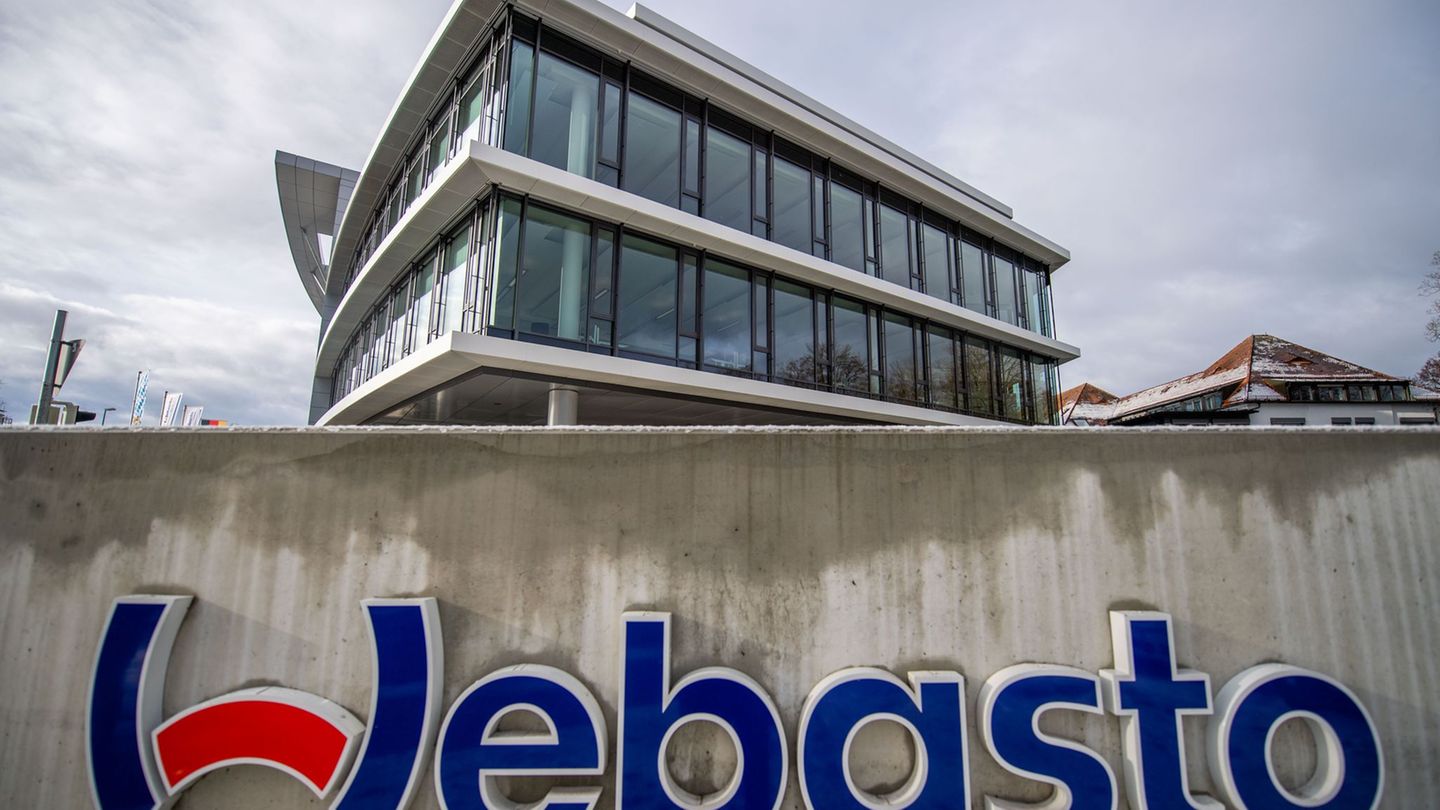Inflation showed signs of slowing down, amid the reduction in fuel prices in that country.
The consumer prices remained unchanged in October in the United States, amid a decline in gasoline prices, and core inflation showed signs of slowing, supporting the view that the Federal Reserve You’ve probably finished uploading interest rates.
The content you want to access is exclusive to subscribers.
The unchanged reading of the consumer price index, released Tuesday by the Bureau of Labor Statistics (BLS) of the work Department, came after a 0.4% rise in September. In the 12 months to October, the CPI rose 3.2%, after rising 3.7% in September. Economists consulted by Reuters had predicted that the CPI would gain 0.1% in the month and 3.3% in year-on-year terms.


Although year-on-year consumer prices have fallen from the peak of 9.1% reached in June 2022, the disinflationary trend has stagnated somewhat in the context of a strong economy driven by a relatively tight labor market. Inflation is above the 2% target established by the Federal Reserve.
The financial markets and most economists believe that the tightening campaign monetary politics of the US central bank is over, a narrative that the Fed chairman, Jerome Powell, and other authorities of the organization have rejected. Powell said last week that “if it becomes appropriate to tighten monetary policy further, we will not hesitate to do so.”
Since March 2022, the Fed has raised its official interest rate by 525 basis points, to the current range of 5.25%-5.50%. Excluding volatile food and energy components, the CPI increased 0.2%, amid higher costs of housing rental. The so-called core CPI had been rising 0.3% for two months.
With the October release, the BLS made changes to the methodology which it uses to calculate health insurance prices, which drove up costs. The core CPI rose 4.0% year-on-year in October, after increasing 4.1% in September.
Source: Ambito




